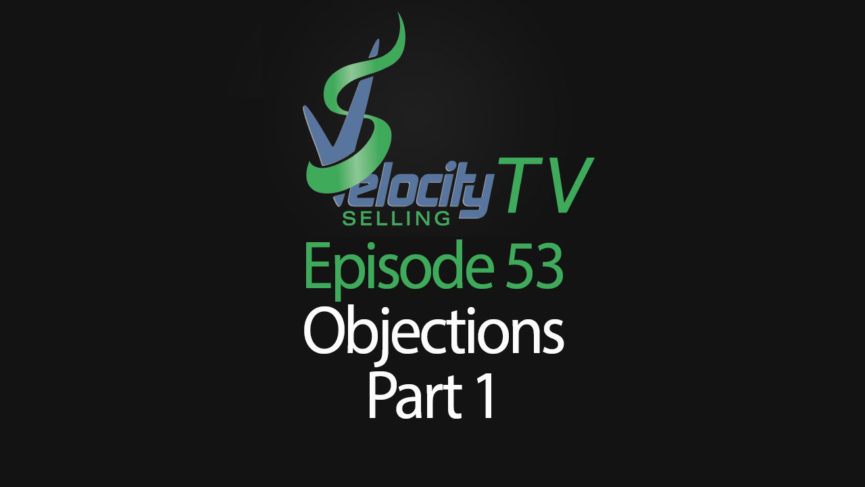Sales experts Bob Urichuck and Matthew Whyatt join together again this week to discuss one of the most crucial elements to any sales process: listening. Yet, great listening skills come with practice.
Try Velocity Selling for Free
Register Now
Bob: Welcome back to Velocity Selling TV. This is Bob Urichuck in Canada, I welcome Matthew Whyatt down in the Gold Coast of Australia. How are you today Matthew?
Matthew: I’m really well Bob, how are you?
Bob: Excellent. You know, in past episodes we’ve been talking about how to engage the buyer which involves a lot of questioning skills and techniques that we shared with people in the previous episode, and of course the opposite of talking is,
Matthew: well, it’s Listening.
Bob: Yes, and that’s our topic for today. So let me turn it over to you and give us a few techniques that could help sales people and their listening skills.
Matthew: Fantastic. Well Bob, one of the things I really love to do with sales teams is get them together and drop the magical scary word ‘scripts’. Everybody groans, ‘Ah, we’re all too good for that,’ ‘We’re all experienced sales people, we don’t want scripts’. But you know what, I’ve sold literally a couple hundred million dollars worth of product because I’ve actually had a good script to work from. Now I’m not saying it has to be word for word, it’s actually about practicing and dealing with the situations that customers might throw at us. So here’s the exercise: whether you’re….go ahead…
Bob: Now Matthew when you’re talking about ‘script’, you’re not talking about reading a script are you?
Matthew: Definitely not.
Bob: Good.
Matthew: We’re not the boiler room where you have to read every word, line by line.
Bob: It’s having a prepared mind.
Matthew: Yeah, exactly. So, how we actually do that, the exercise I run is: I’ll get together the sales team and if you’re just a sole trader get together with your wife or friend and get them to- you start asking questions that might reveal the customer’s needs, wants, and desires. But the next step is the important one. The next step is actually have the person you’re working with, or in the sales room, be three or four different types of customers. They could be the grumpy customer, they could be the agitator, they could be the stand-offish, not tell you anything type of guy or girl, or they of course could be the easy customer. A lot of scripts are written for the easy customer. So what we do is, we know all of the questions we’re going to ask, we hear the answers from the customers, and the next part is you, and your teams, or as a sole trader, work with your partner, come up with the answers or the ways, the questions to ask at that point. And just by practicing that a couple of times, you’ll be prepared for pretty much anything that could be thrown at you during a live sales environment. Look, I think listening is a huge chapter Bob, I’d love to really get into it, a lot more, maybe two or three episodes and really go into it.
Bob: What’s next?
Matthew: So, what’s next is I’d really love to talk about how to go a little bit deeper and set yourself above and beyond that previous sales person. If somebody is shopping around there’s much more you could do to stand out in the crowd and give your customer real value. So let’s talk about that next.
Bob: Excellent. Until the next episode, have yourself a great week.
Matthew: Bye now.











